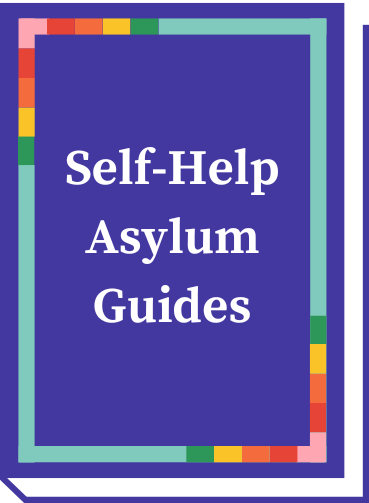Asylum
The information contained herein is for reference only and may not be up to date. It does not constitute legal advice. You should always consult an attorney regarding your matter.
Last updated: June 3, 2020
Being lesbian, gay, bisexual, transgender, queer, intersex, genderqueer, or HIV positive can be grounds for an asylum claim. In more than 70 countries, some aspect of being LGBTQ is a crime. Even if it is not illegal to be LGBTQ, it may nevertheless be fundamentally unsafe to be a member of the community. Facing fear, harassment and sometimes violence because of their sexual orientation, gender identity or HIV status, people reach out to Immigration Equality from all over the world. They look for answers about how to apply for asylum, about what the process is like, and about the potential benefits and risks involved.
Asylum is an immigration benefit that allows certain foreign nationals who fear persecution to remain lawfully in the U.S. indefinitely. If a person does not qualify for asylum, they may qualify for withholding of removal, or deferral of removal under the Convention against Torture (CAT). Please see the links below for more information on asylum/Withholding/CAT.
Important Note: Unfortunately, right now a filing deadline exists that renders many LGBTQ people ineligible for asylum. The way the law is currently written one must apply for asylum within one year of arriving in the United States. There are some exceptions to the filing deadline rule (see below), but they are narrow and sometimes difficult to prove. Because the filing deadline was created by statutory law, only Congress can make the change we need. Asylum claims should be considered based on merit, not compliance with an arbitrary deadline.
Eligibility
Application Process
Work and Travel While Pending
Case Outcome
Refugees
Case Law
Asylum Manual
If you’ve looked through our legal resources and still have questions, please reach out via our contact form.
The information contained herein is for reference only and may not be up to date. It does not constitute legal advice. You should always consult an attorney regarding your matter.
